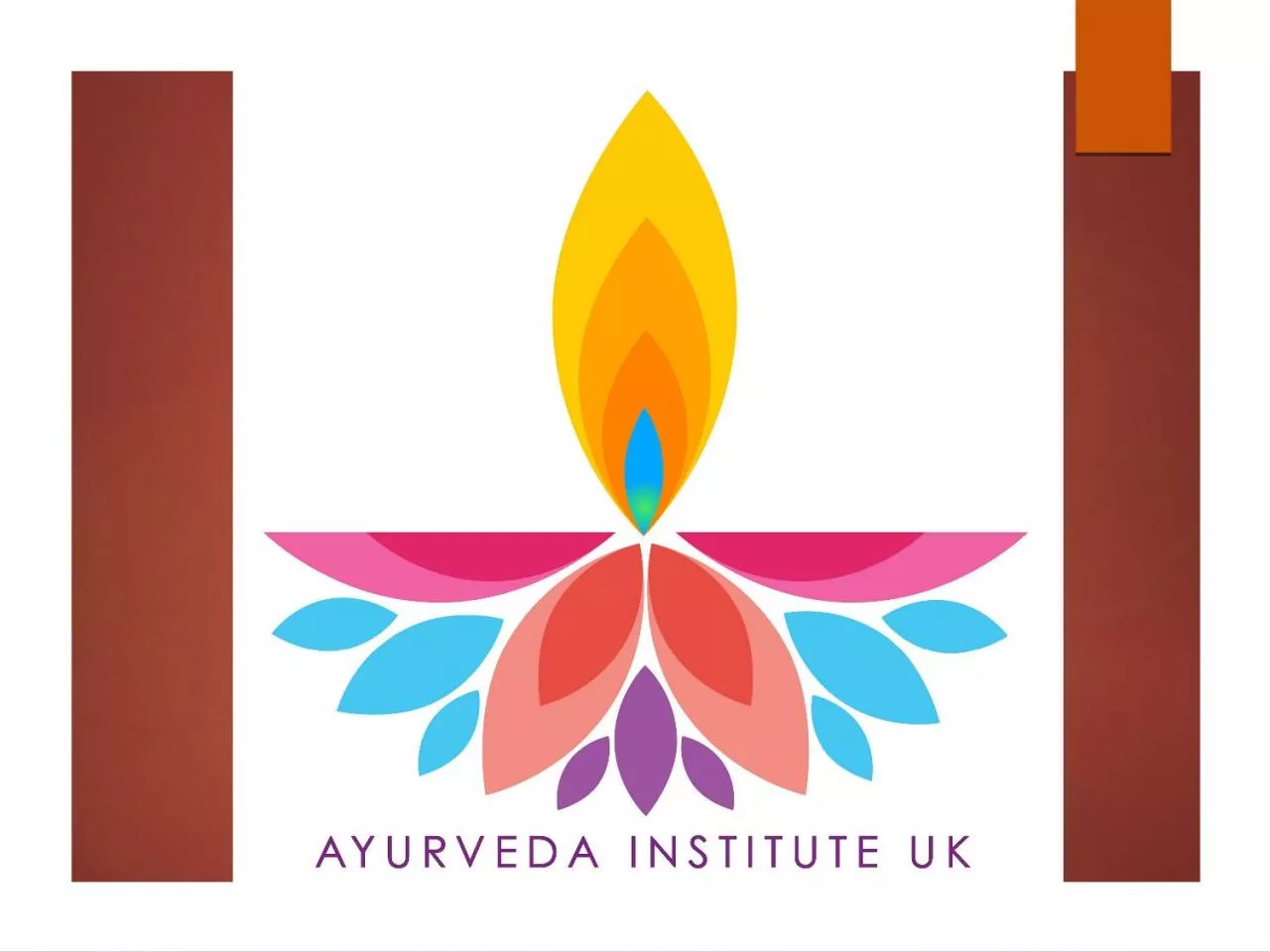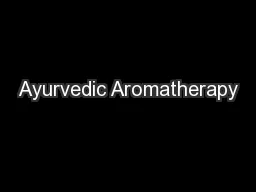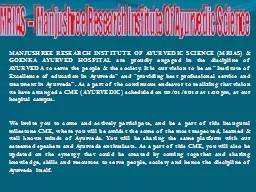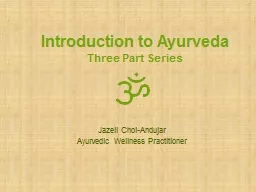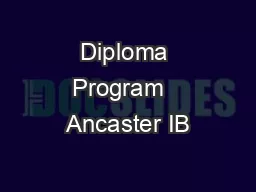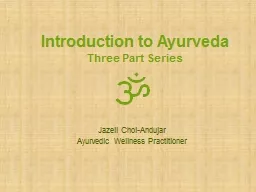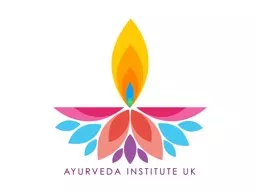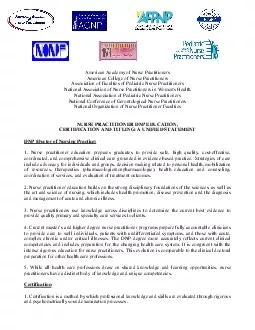PPT-DIPLOMA in Ayurvedic Practitioners Course
Author : PrincessPeach | Published Date : 2022-07-28
2020 Module 2 19 th amp 20 th September 2020 Charma Roga kushta Skin disorders Common skin disorders Atopic eczema dermatitis hives Psoriasis psoriatic arthritis
Presentation Embed Code
Download Presentation
Download Presentation The PPT/PDF document "DIPLOMA in Ayurvedic Practitioners Cour..." is the property of its rightful owner. Permission is granted to download and print the materials on this website for personal, non-commercial use only, and to display it on your personal computer provided you do not modify the materials and that you retain all copyright notices contained in the materials. By downloading content from our website, you accept the terms of this agreement.
DIPLOMA in Ayurvedic Practitioners Course: Transcript
Download Rules Of Document
"DIPLOMA in Ayurvedic Practitioners Course"The content belongs to its owner. You may download and print it for personal use, without modification, and keep all copyright notices. By downloading, you agree to these terms.
Related Documents

